Hidden among mist-shrouded mountains and dense forests, Eastern Europe’s abandoned castles are silent witnesses to centuries of history. Once home to nobility and warriors, these magnificent structures capture the imagination with their crumbling walls and overgrown courtyards.
Let’s journey through some of this historic region’s most hauntingly beautiful abandoned castles.
Bran Castle, Bran, Romania
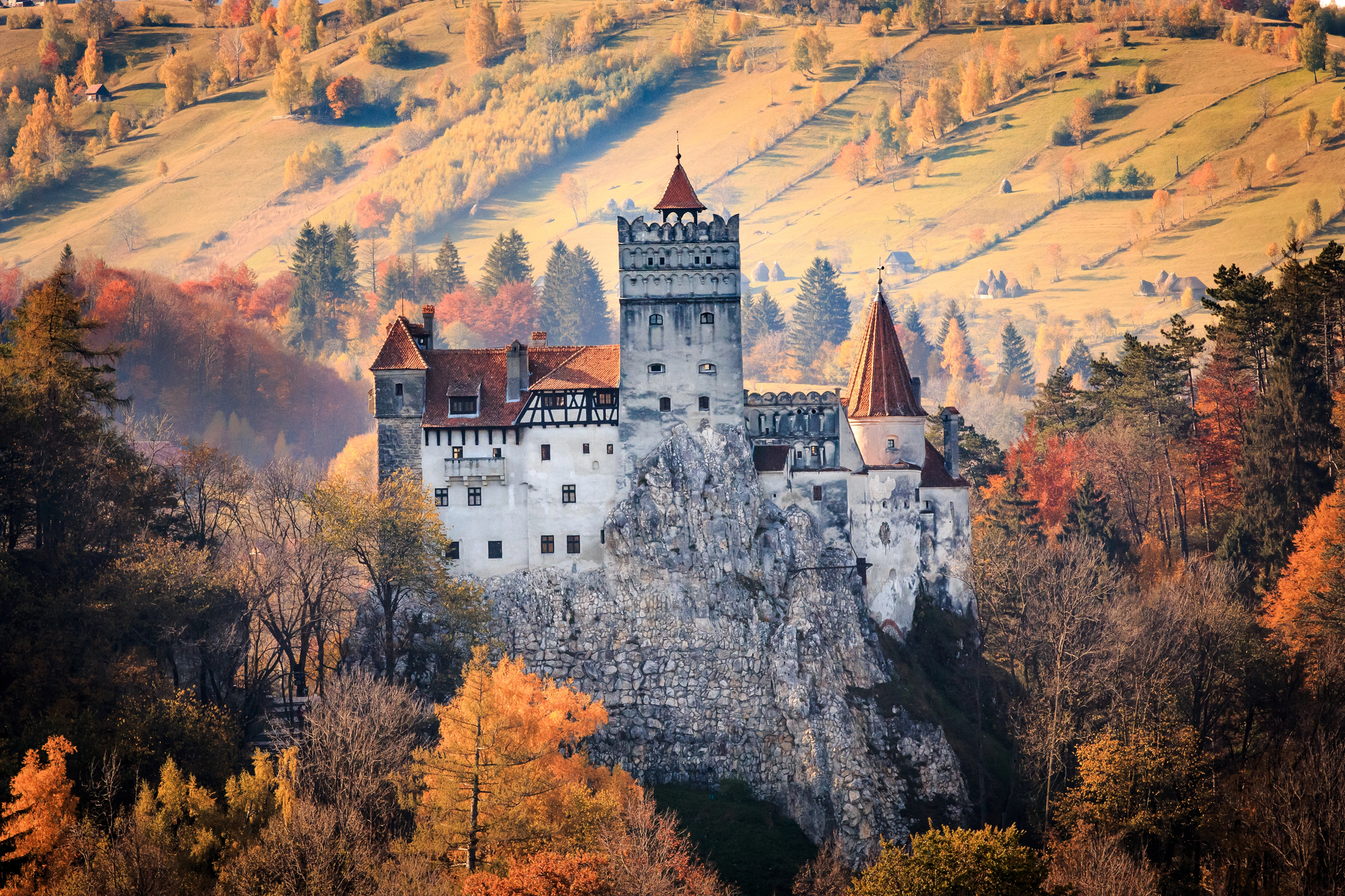
Rising dramatically from a rocky promontory in the Carpathian Mountains, this 14th-century fortress features imposing towers that pierce the swirling mountain mists. Though not technically abandoned, many of its remote wings and underground chambers have been left untouched for centuries, creating an authentically eerie atmosphere.
The castle’s connection to Vlad the Impaler has only enhanced its mystique over the generations.
Spiš Castle, Spišské Podhradie, Slovakia
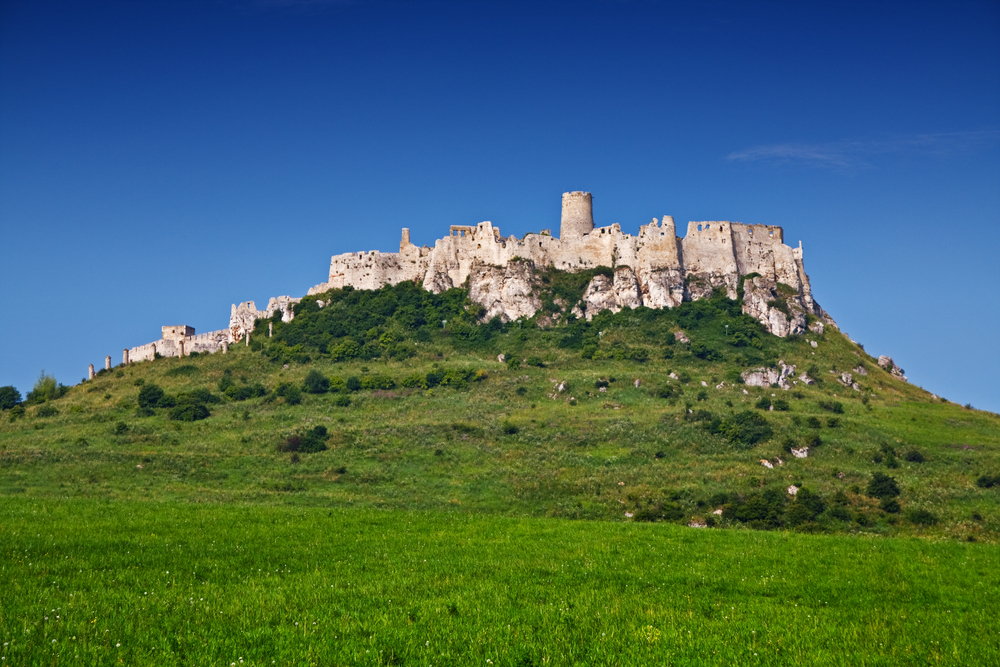
Sprawling across 10 acres of limestone cliff, this UNESCO World Heritage site ranks among the largest castle ruins in Central Europe. Its massive fortification walls and towers have weathered nearly a millennium of history, while its elaborate Gothic and Romanesque elements hint at its former grandeur.
The castle’s isolated location 600 feet above the surrounding plains creates an otherworldly silhouette against the sky.
Like Travel Pug’s content? Follow us on MSN.
Olsztyn Castle, Olsztyn, Poland
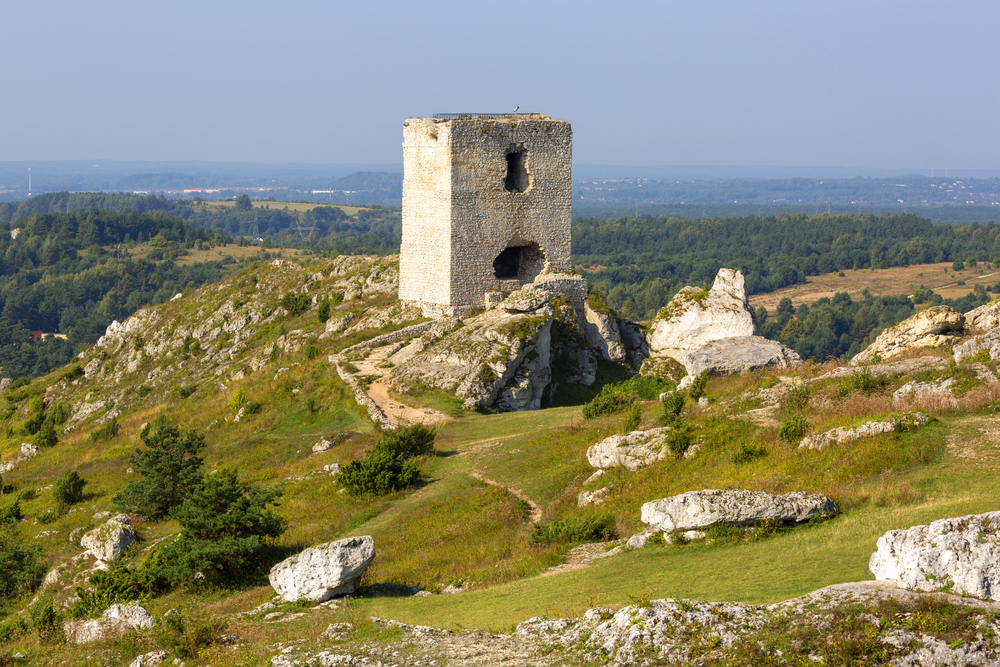
These haunting ruins are perched atop a limestone cliff, and the remaining towers offer sweeping views across the Polish countryside. The castle’s unique geological setting includes a network of caves beneath its foundations, which once served as storage spaces and escape routes.
Trees grow from the weathered walls today, creating a seamless blend between architecture and nature.
Čachtice Castle, Čachtice, Slovakia
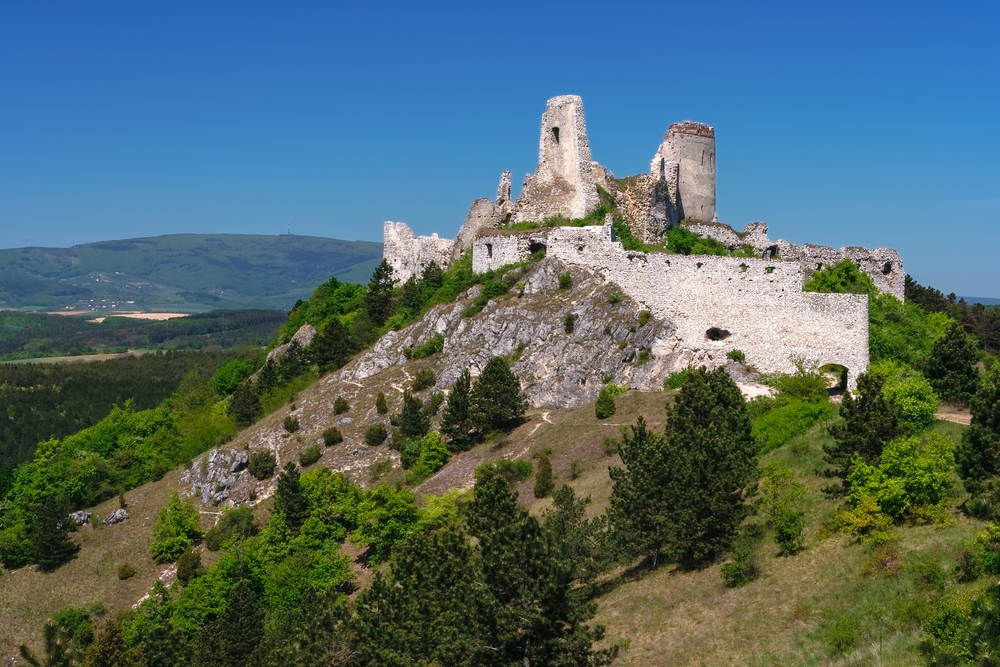
The infamous home of Elizabeth Báthory stands in dramatic ruins atop a hill 555 feet above the village below. Its crumbling white walls and broken towers emerge from the thick forest, creating an imposing sight that matches its dark history.
The castle’s remote location and difficult access have helped preserve its authentically abandoned atmosphere.
Kamianets-Podilskyi Castle, Ukraine
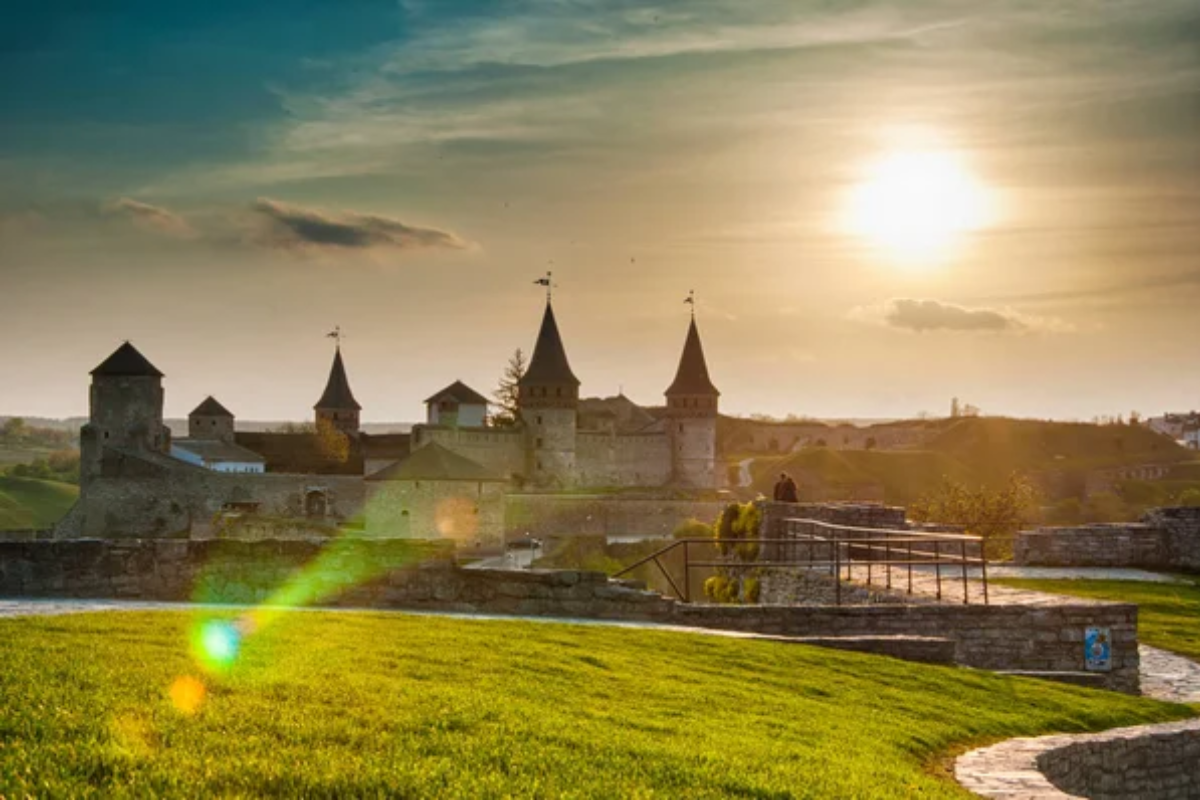
This medieval fortress rises from a natural limestone peninsula, surrounded on three sides by the steep canyon of the Smotrych River. Its distinctive combination of Eastern and Western architectural styles reflects centuries of diverse cultural influences.
Though many interior spaces are in beautiful decay, the castle’s massive towers and walls remain largely intact.
Like Travel Pug’s content? Follow us on MSN.
Poenari Castle, Arefu, Romania
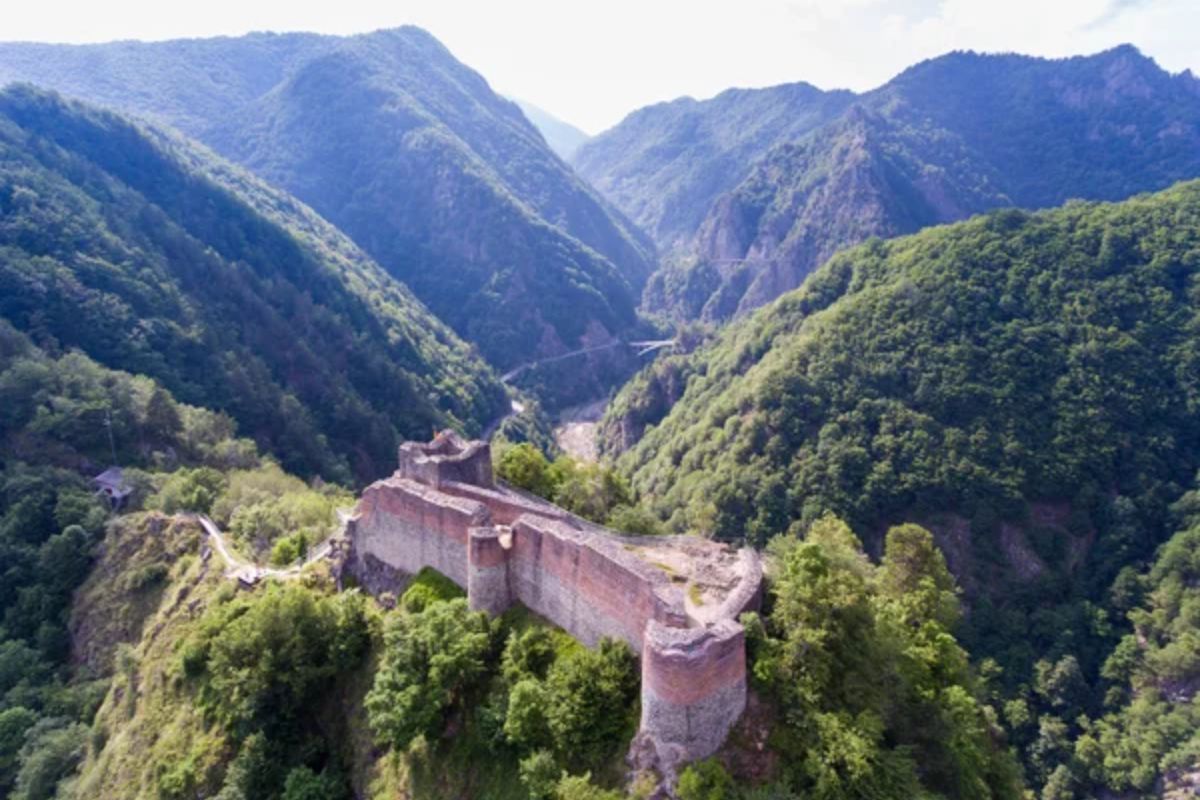
Perched precariously on a cliff in the Carpathian Mountains, this authentic Vlad the Impaler stronghold requires climbing 1,480 steps to reach its ruins. The castle’s remote location and difficult access have left it largely untouched by modern restoration.
Eagles nest in its crumbling towers, adding to the wild, abandoned atmosphere.
Trakošćan Castle, Croatia
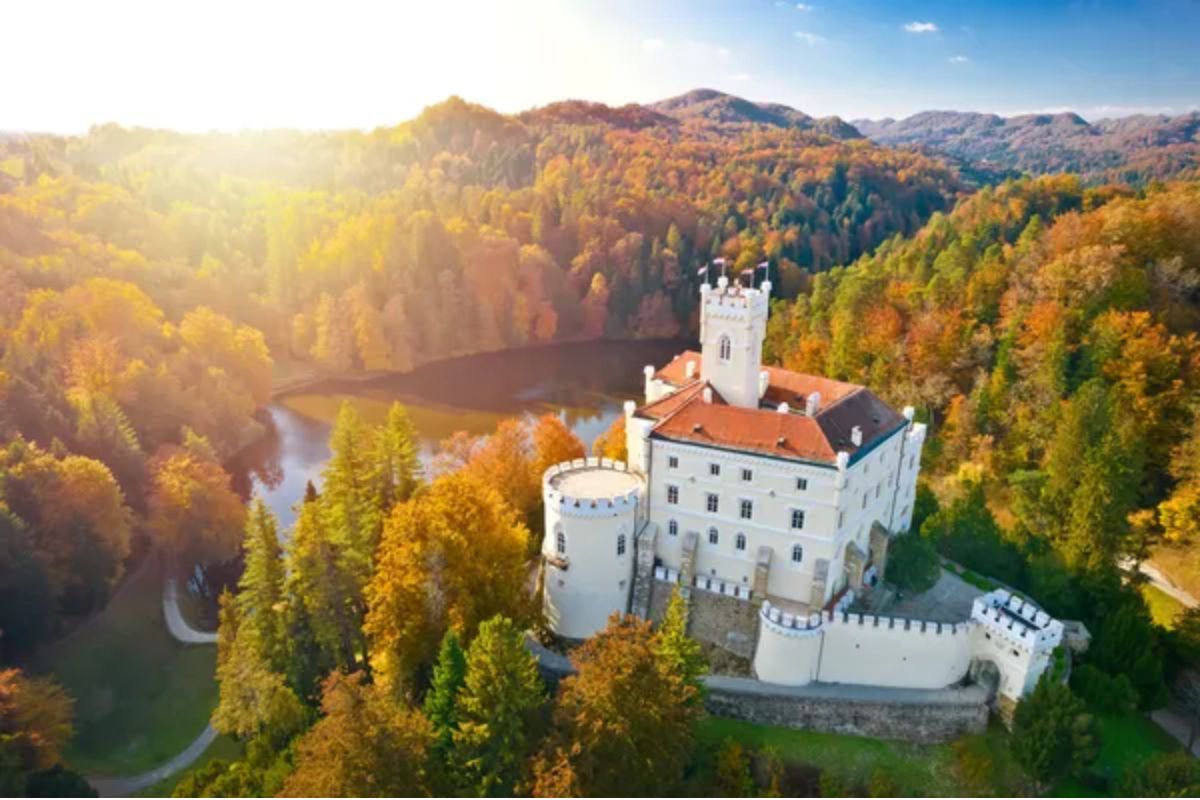
Though partially restored, the castle’s forgotten wings and tower rooms retain their abandoned charm. Originally built in the 13th century as a small fortress, its Gothic towers and Romanesque elements create a fairytale silhouette above an artificial lake.
The surrounding forest has begun reclaiming parts of the structure, creating a stunning contrast between nature and architecture.
Dobczyce Castle, Poland
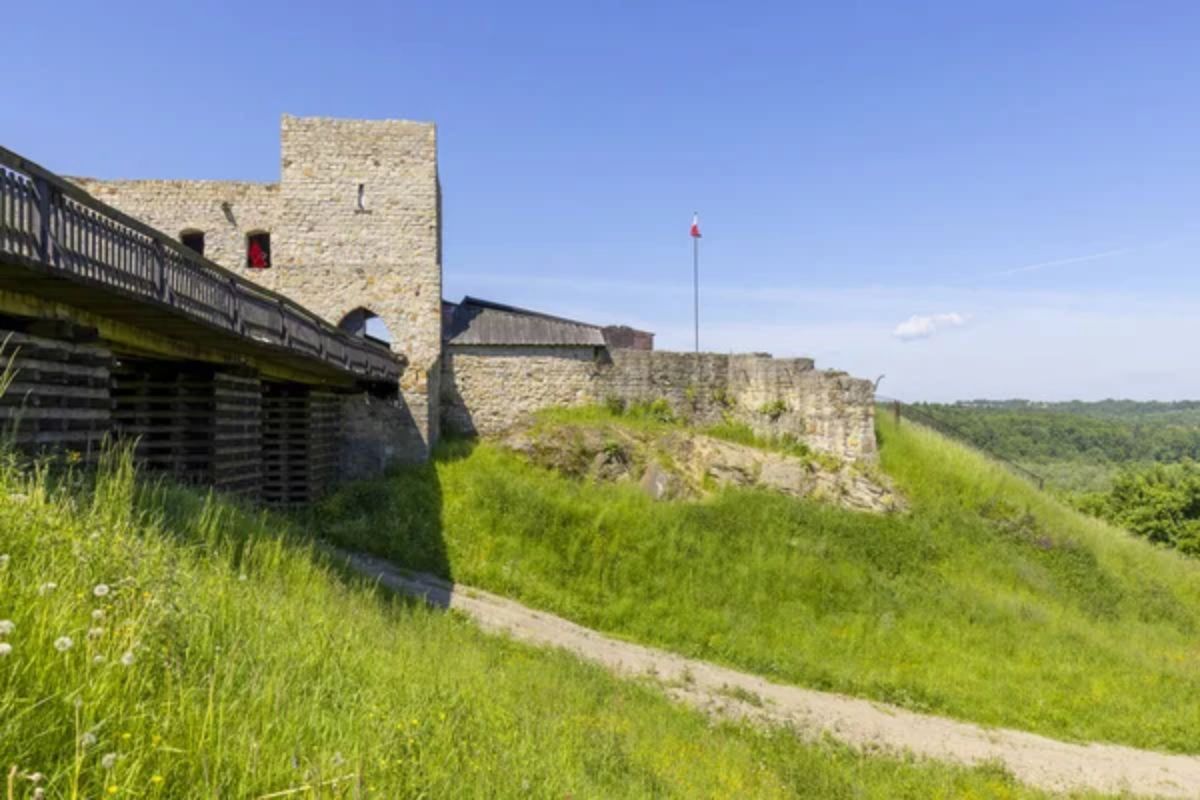
Situated on a steep hill overlooking Lake Dobczyckie, these impressive ruins date back to the 13th century. The castle’s remaining walls and tower fragments stand as silent sentinels above the water, creating dramatic reflections at sunset.
Local legends speak of secret tunnels and hidden chambers beneath the visible ruins.
Like Travel Pug’s content? Follow us on MSN.
Zvíkov Castle, Czech Republic
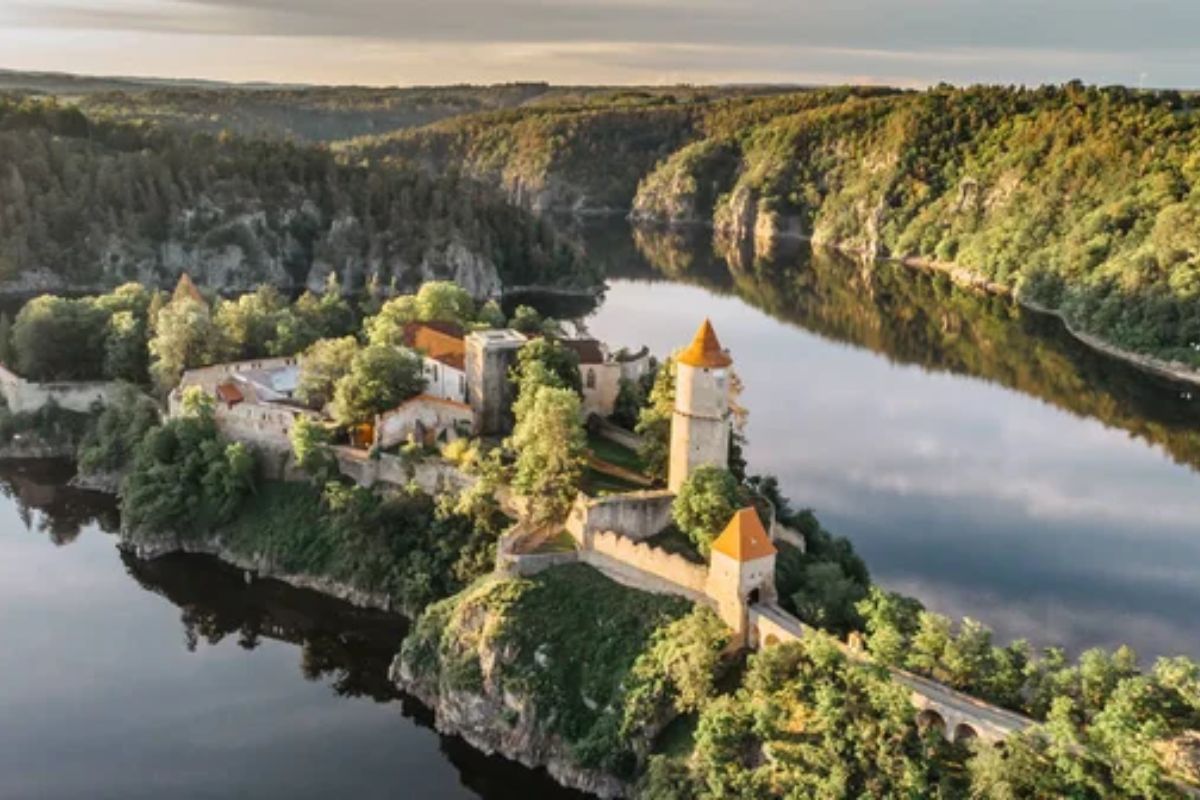
Rising above the confluence of the Vltava and Otava rivers, this ‘King of Czech Castles’ features numerous abandoned halls and chambers. Though its exterior appears well-preserved, many interior spaces remain untouched, with medieval frescoes slowly fading on crumbling walls.
The castle’s location on a rocky promontory creates a naturally defensive position that has helped preserve its isolation.
Bouzov Castle, Czech Republic
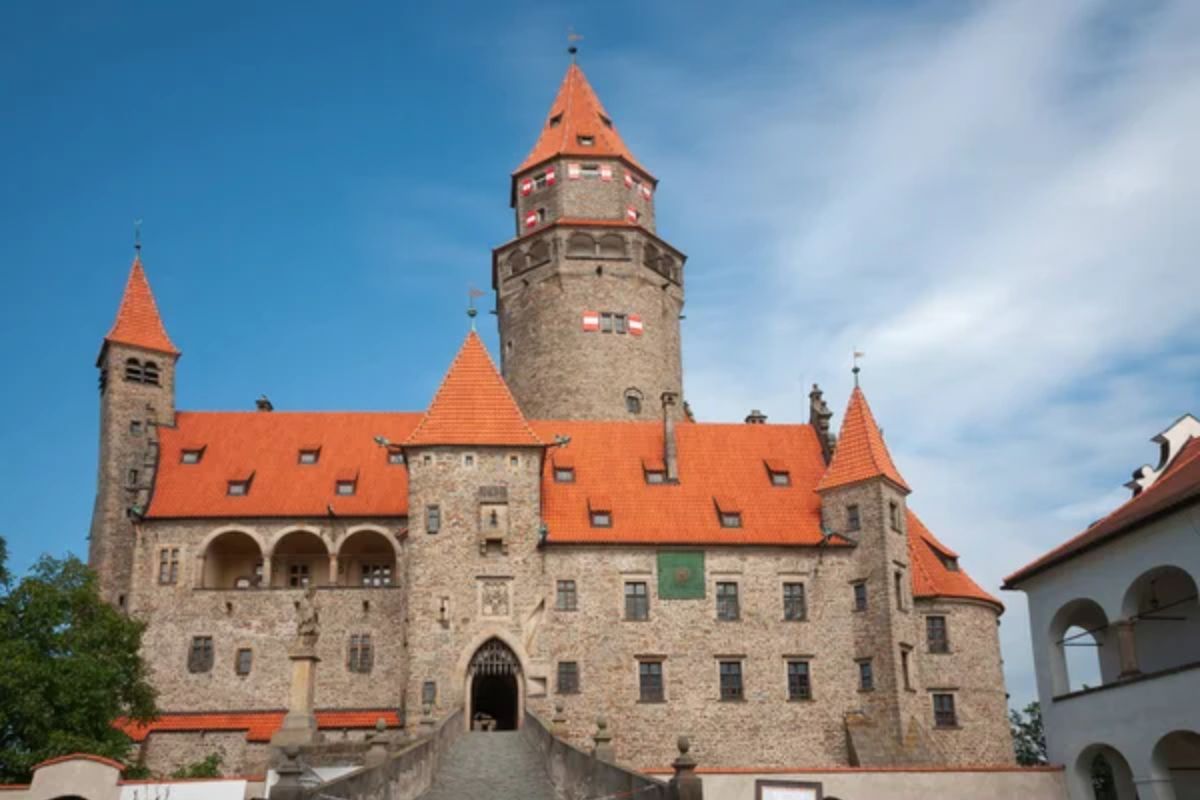
While the castle’s main buildings have been restored, its outer fortifications and secondary structures are beautifully abandoned. The castle’s seven towers and extensive ramparts stretch across a forested hilltop, creating an impressive sight.
The contrast between restored and ruined sections offers a unique glimpse into the castle’s history.
Krzyżtopór Castle, Poland
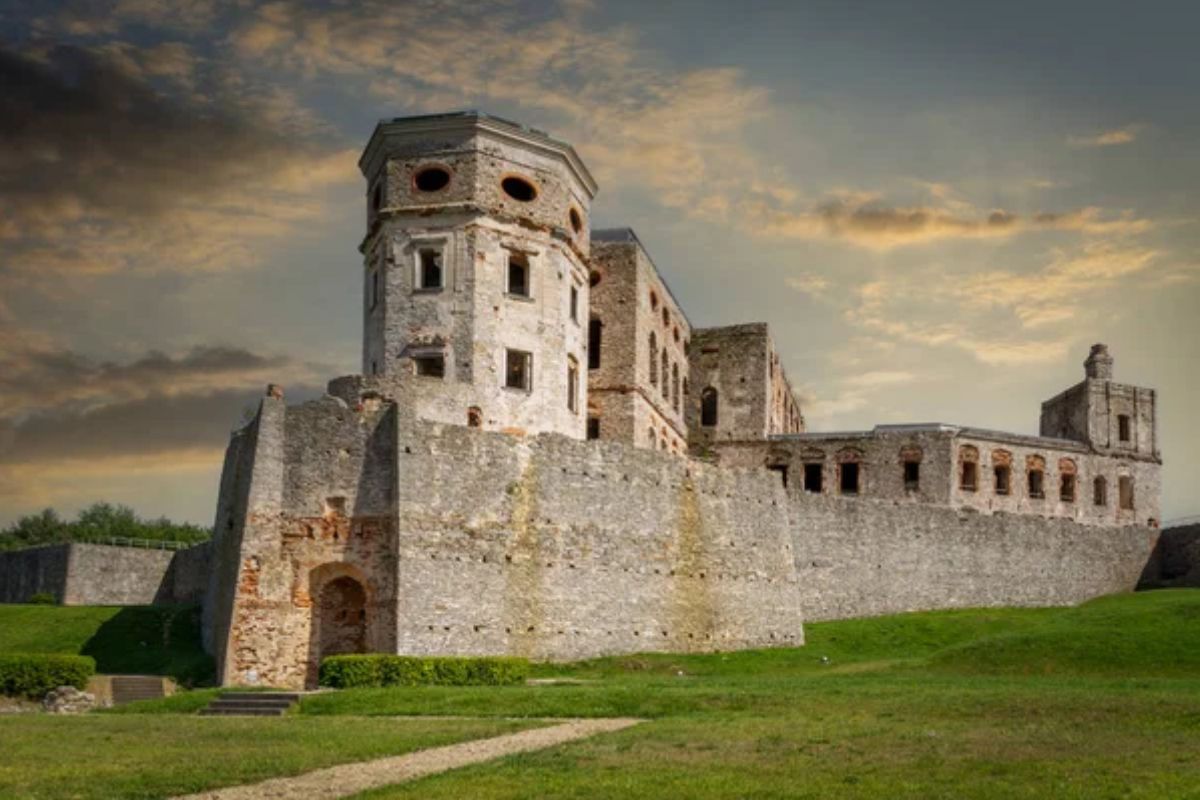
This massive 17th-century fortress is largely in ruins, with trees growing from its crumbling walls. Its unique design incorporated astrological elements, with 365 windows to match the days of the year.
The castle’s enormous scale and partial collapse create an atmosphere of faded grandeur.
Like Travel Pug’s content? Follow us on MSN.
Lietava Castle, Slovakia
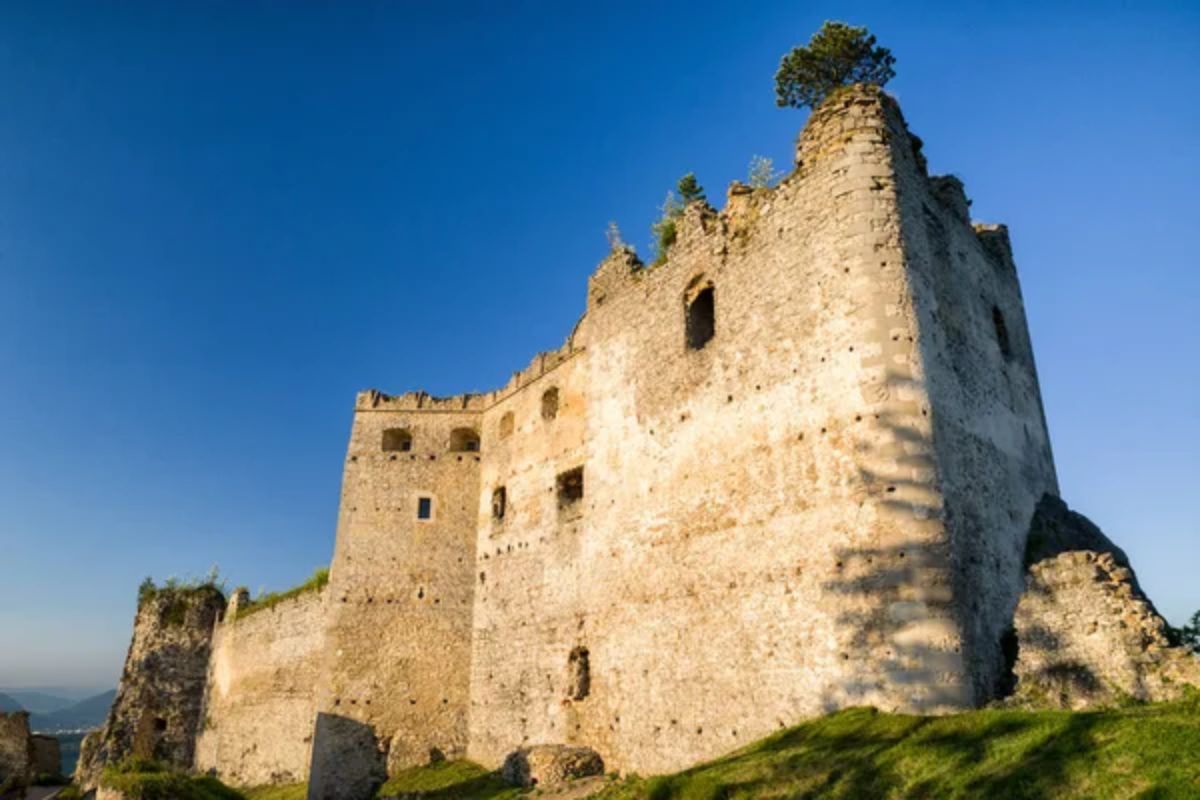
These extensive ruins sprawl across a limestone ridge in the Súľov Mountains, creating a dramatic silhouette. The castle’s remote location has preserved its authentic state of abandonment, with nature slowly reclaiming the structure.
Its remaining walls and towers offer stunning views across the surrounding wilderness.
Füzér Castle, Hungary
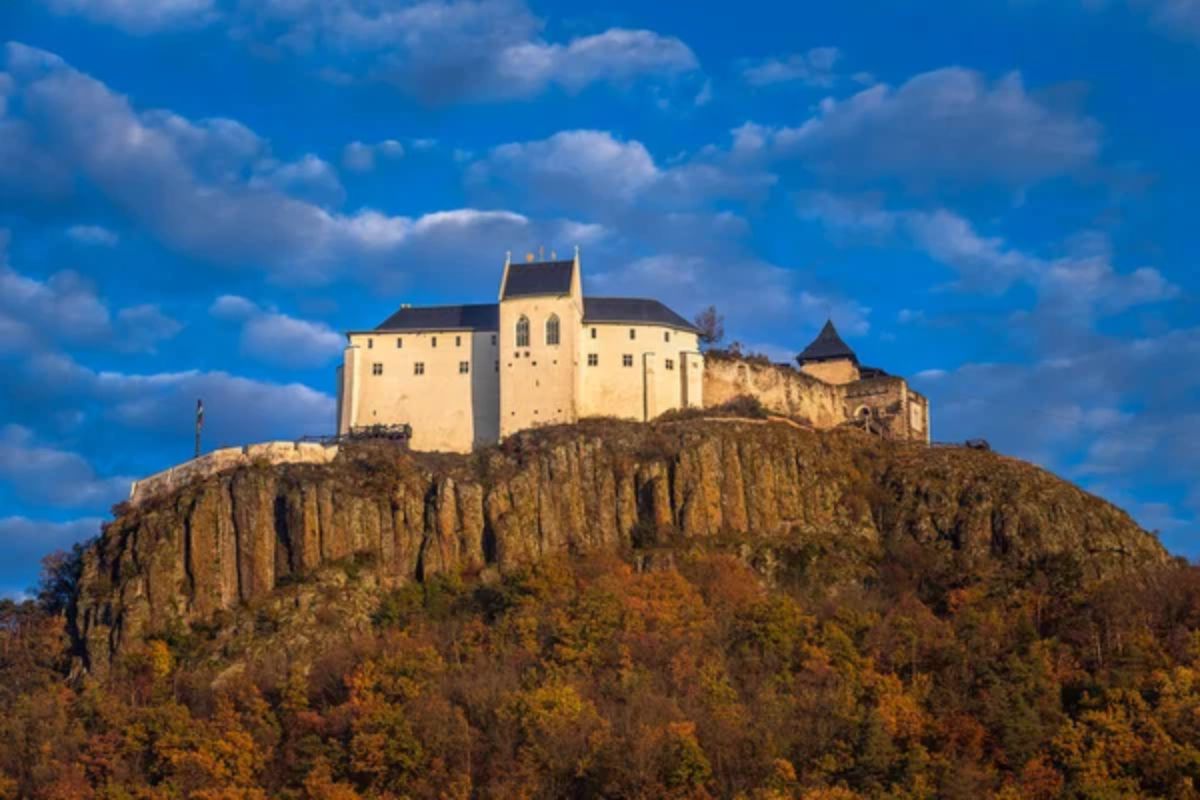
Perched atop a solitary volcanic peak, this 13th-century fortress commands attention from miles around. Though partially restored, many of its outer buildings and defensive works remain beautifully abandoned.
The castle’s isolated location has helped preserve its medieval atmosphere.
Buchlov Castle, Czech Republic
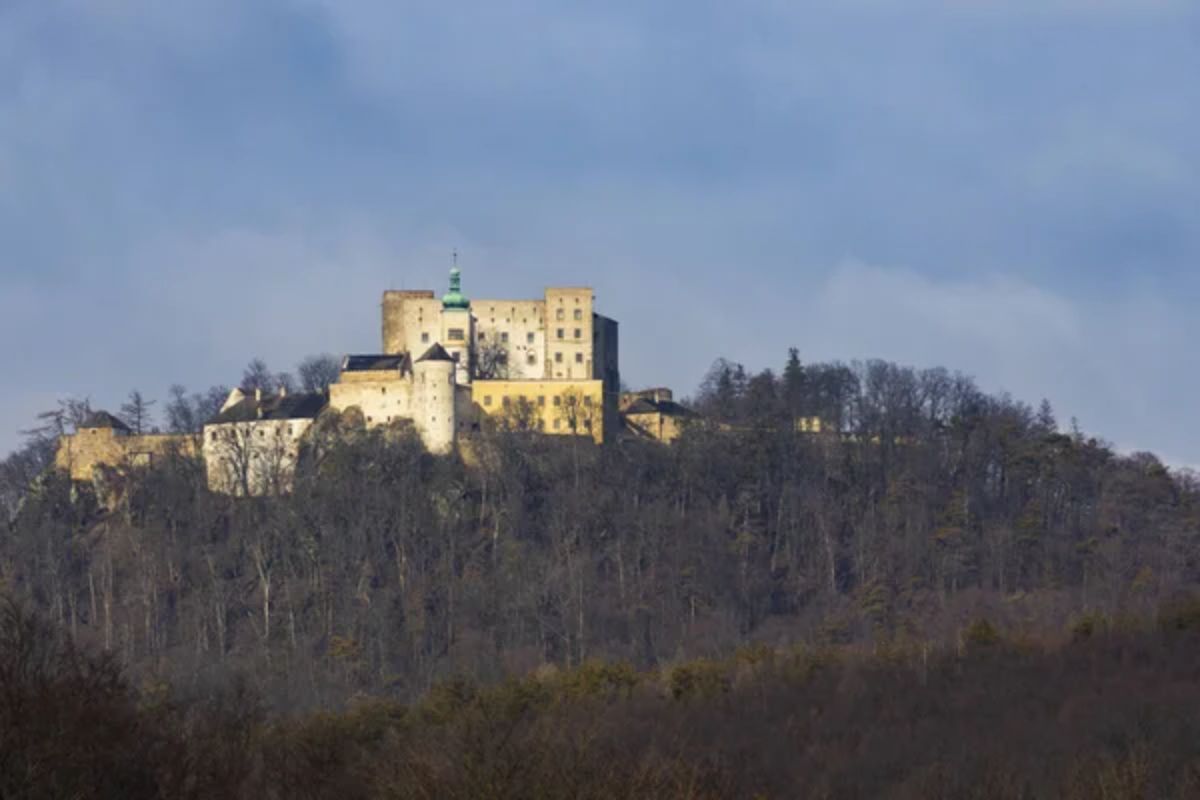
Rising from the thick forest in the Chřiby mountains, this massive stone fortress features numerous abandoned chambers and passages. Its Gothic and Renaissance elements create a striking architectural contrast.
The castle’s remote location has helped preserve many original medieval features.
Like Travel Pug’s content? Follow us on MSN.
Socerb Castle, Slovenia
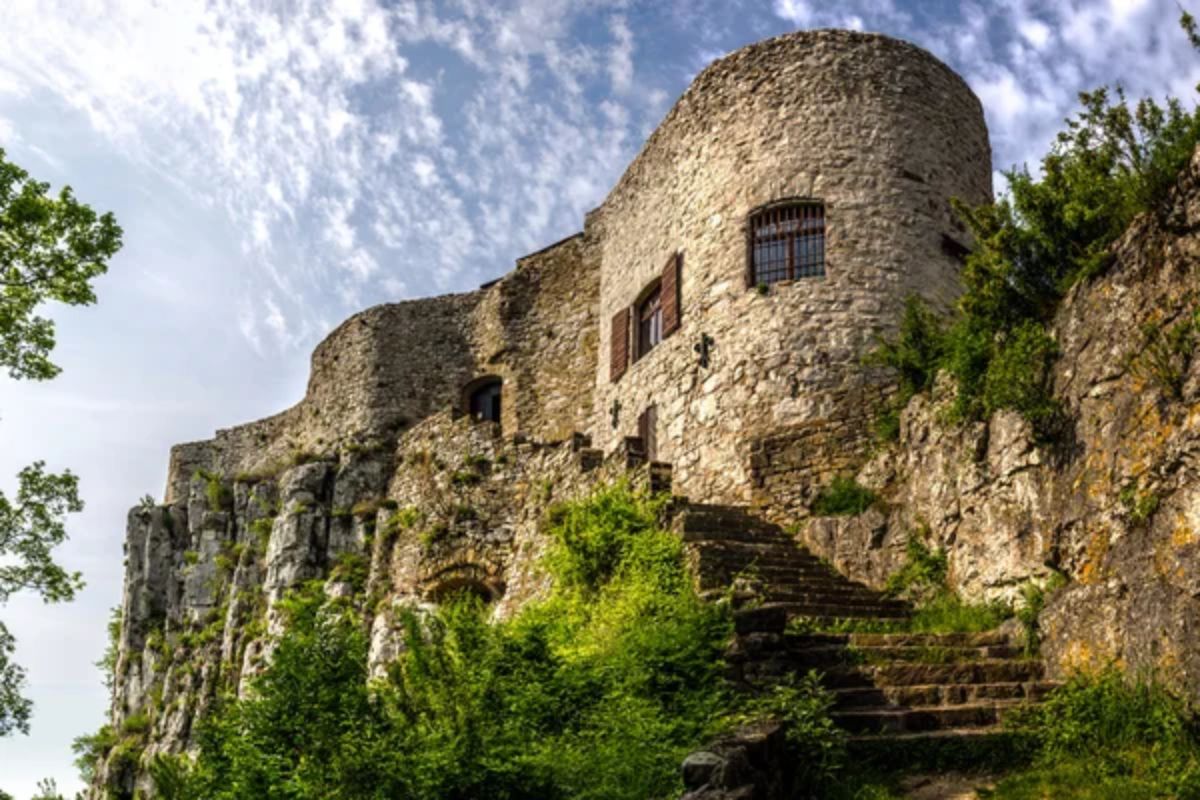
Dramatically positioned on a 2,800-foot cliff above the Adriatic Sea, these ruins offer breathtaking views across three countries. The castle’s remaining walls incorporate a natural cave system for defense and storage.
Its isolated location and difficult access have preserved its abandoned character.
Tolštejn Castle, Czech Republic
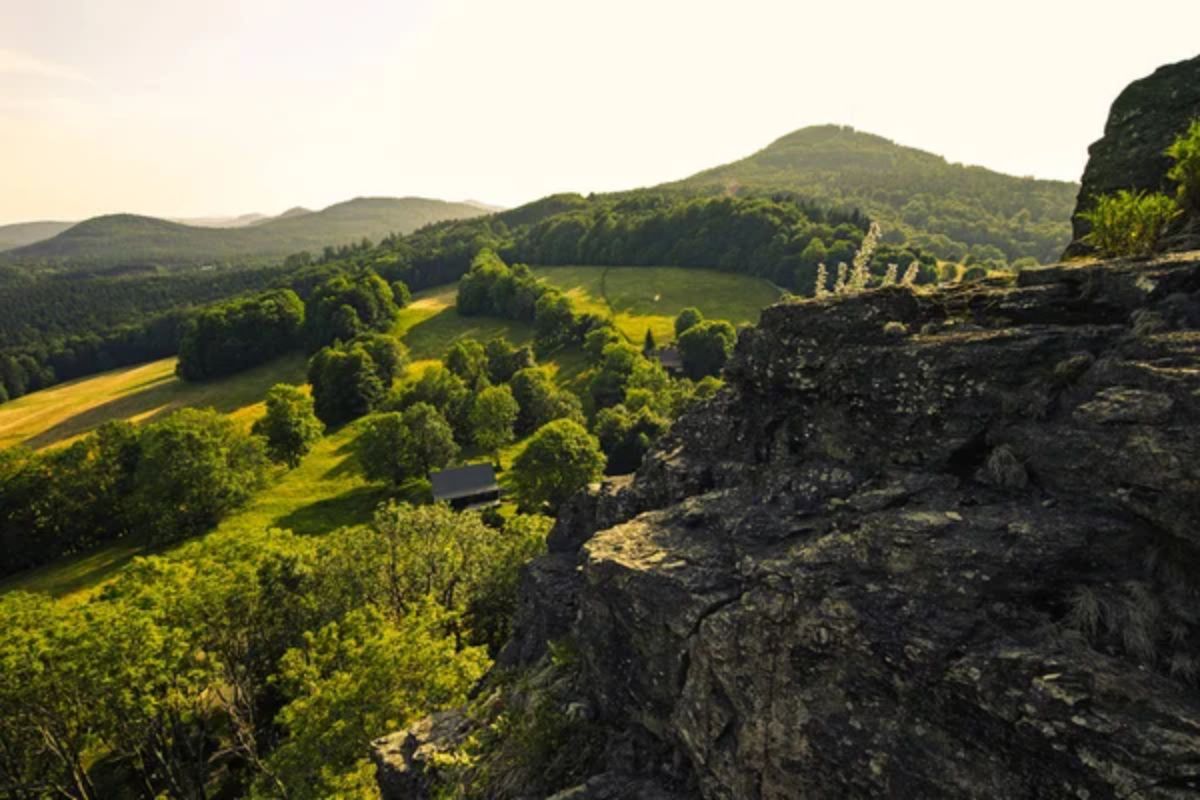
These extensive ruins crown a forested peak in northern Bohemia, creating an impressive sight. The castle’s massive walls and towers emerge from thick vegetation, showing nature’s slow reclamation of human architecture.
Local folklore speaks of hidden treasures within its crumbling walls.
Vršatec Castle, Slovakia
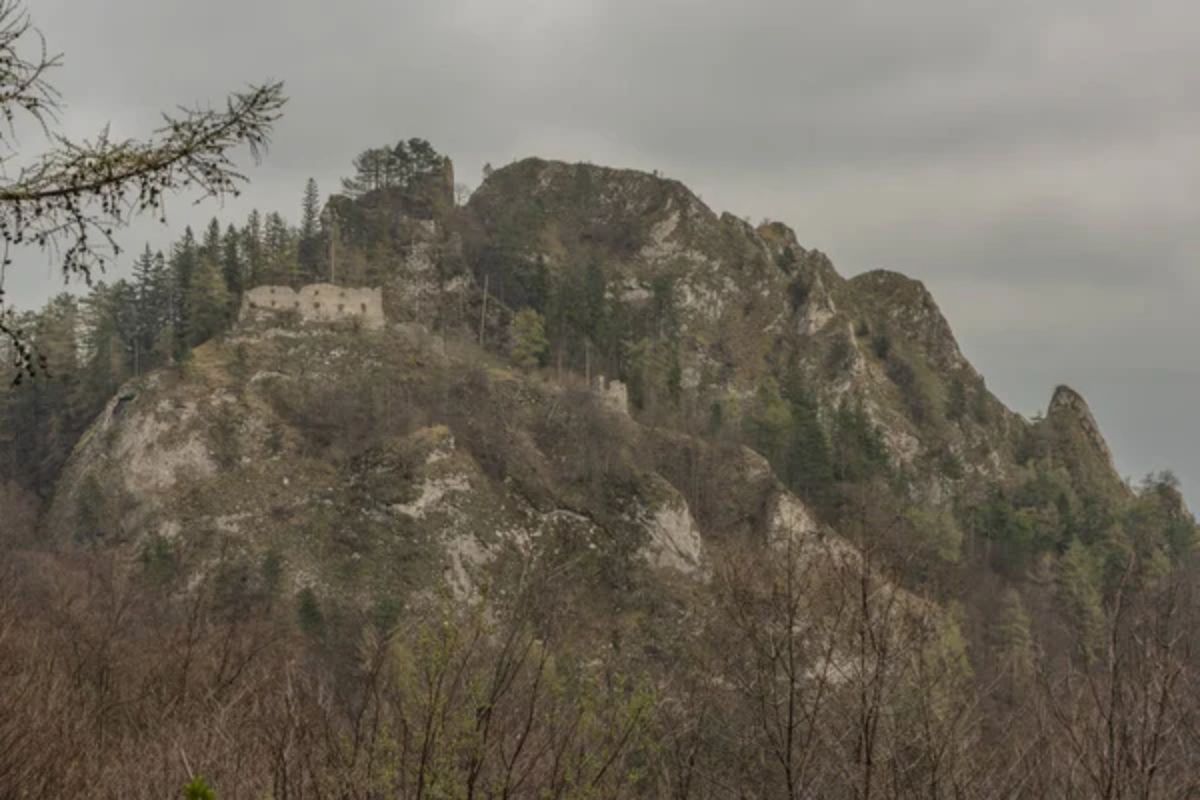
Built into a natural limestone cliff face, these dramatic ruins seem to grow from the rock itself. The castle’s precarious position and difficult access have preserved its authentic state of abandonment.
Its remaining walls offer stunning views across the surrounding countryside.
Like Travel Pug’s content? Follow us on MSN.
Ogrodzieniec Castle, Poland
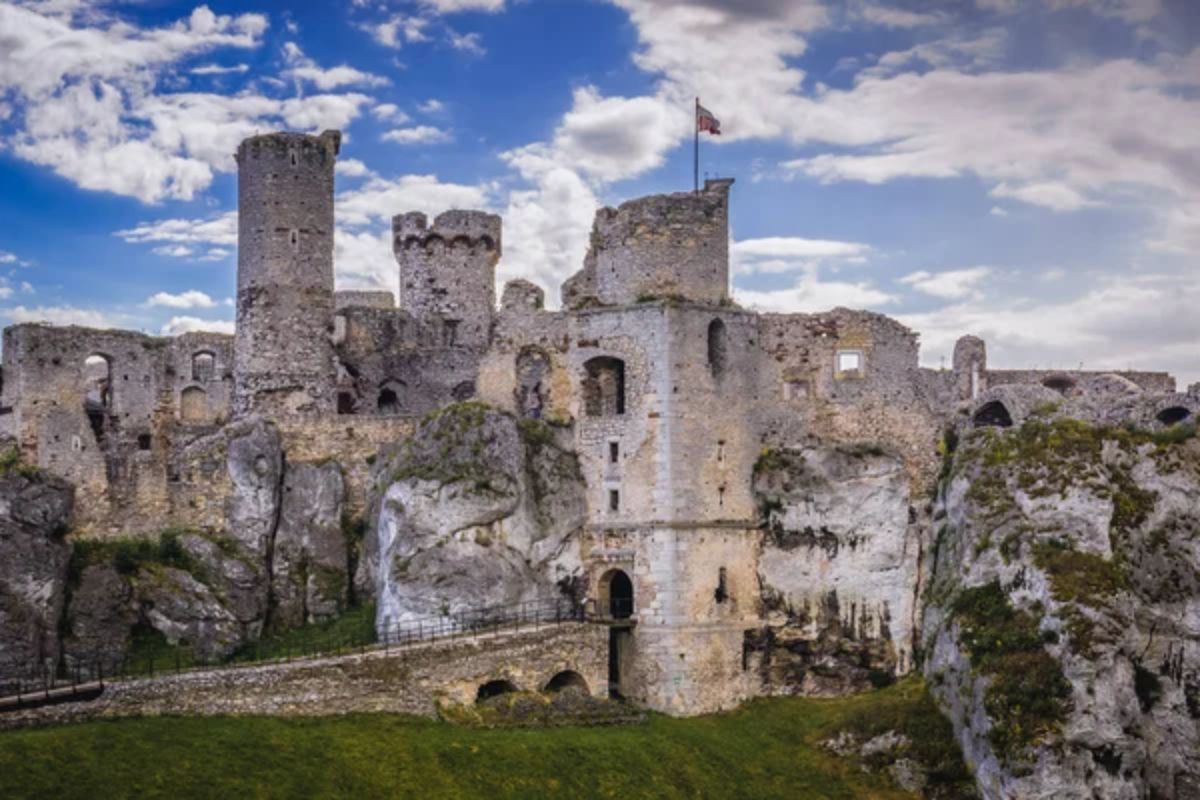
These extensive ruins sprawl across the highest hill in the Kraków-Częstochowa Upland, creating a striking silhouette. The castle’s white limestone walls emerge from surrounding rock formations, blending natural and human architecture.
Its numerous towers and chambers remain largely untouched by modern restoration.
Zborov Castle, Slovakia
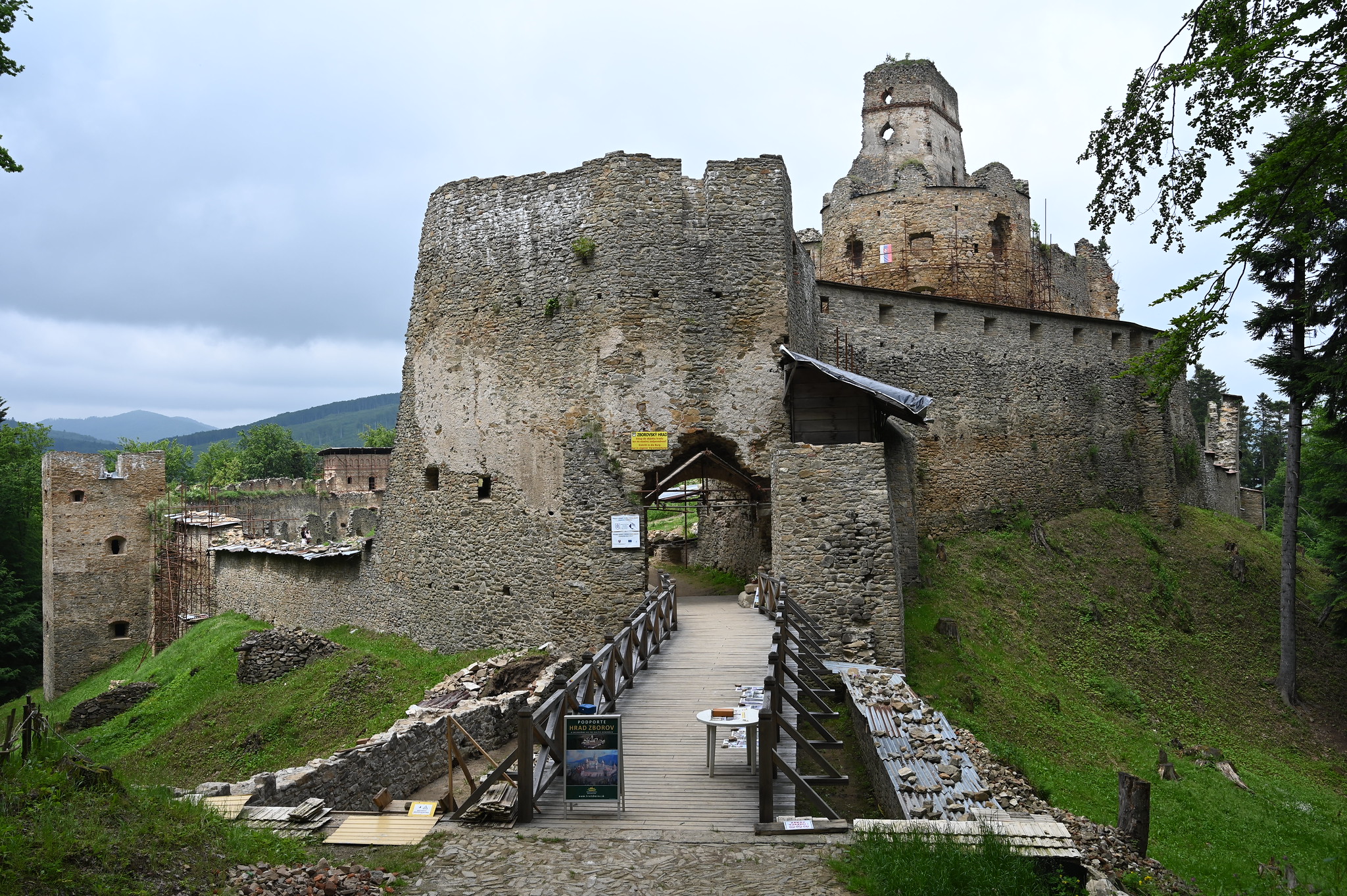
These impressive ruins, crowning a forested hill in the Bardejov district, showcase various architectural styles. The castle’s remote location has preserved many original medieval features among its crumbling walls.
Local legends tell of secret passages and hidden chambers beneath the visible ruins.
Divin Castle, Slovakia
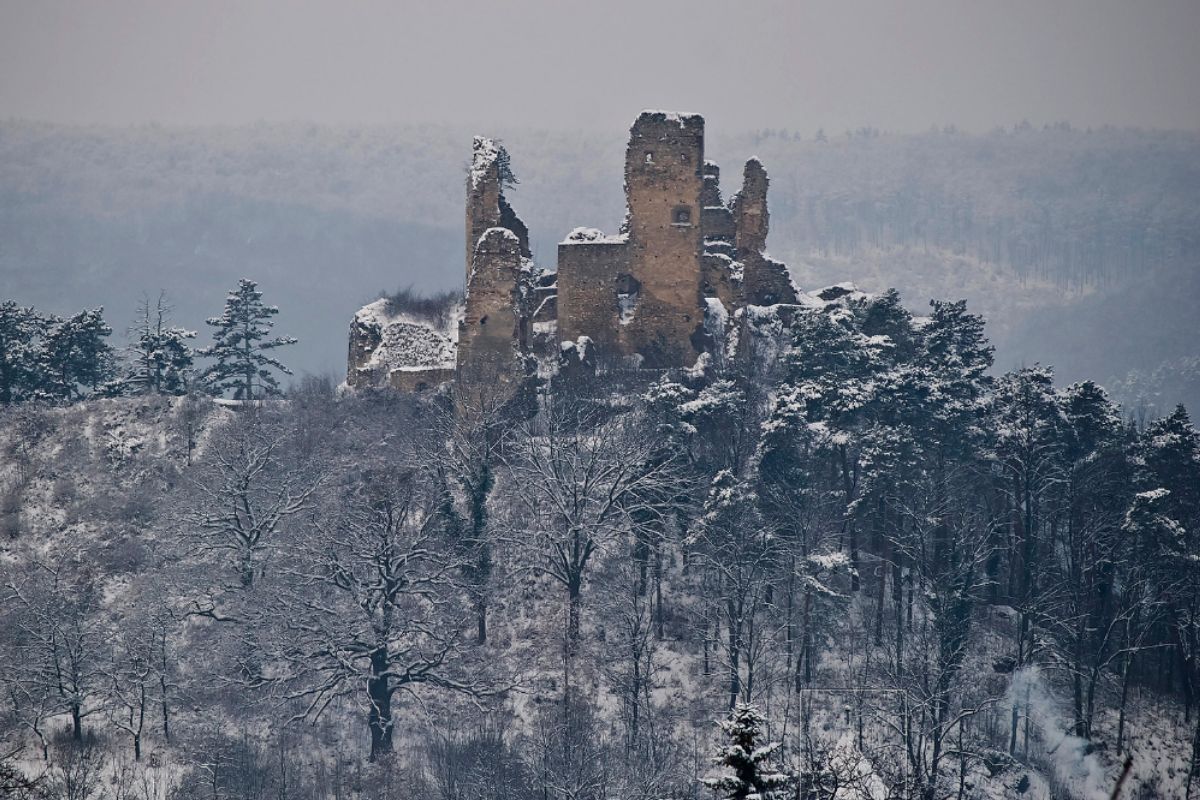
These dramatic ruins are strategically positioned above the surrounding plains, offering extensive views. The castle’s remaining walls incorporate natural rock formations into their design.
Its isolated location has helped preserve an authentically abandoned atmosphere.
Like Travel Pug’s content? Follow us on MSN.
The Timeless Appeal of Abandoned Castles
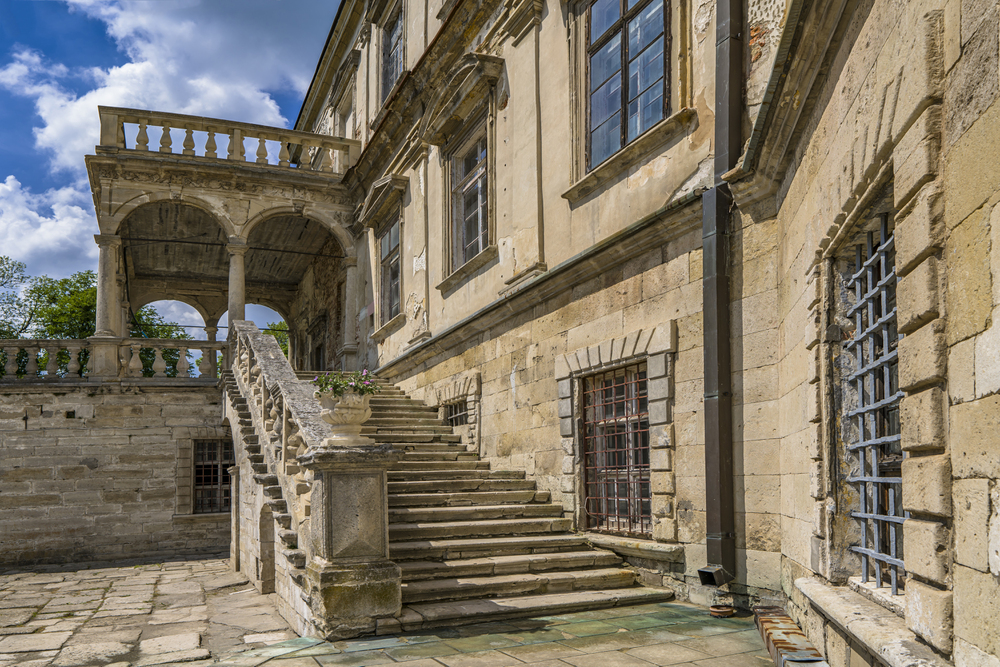
Eastern Europe’s abandoned castles continue to captivate visitors with their unique combination of history, architecture, and natural beauty. Each site tells its story of power, conflict, and eventual decline while offering a haunting glimpse into the region’s rich past.
These magnificent ruins are a testament to human ambition and nature’s patient reclamation, inviting modern explorers to discover their secrets.
More from Travel Pug

- 20 Towns Built for One Purpose That Were Later Abandoned
- 15 Hidden Spots in Disney World’s Magic Kingdom Most Visitors Miss
- 15 Most Scenic Walks Anywhere in The World
- 15 Canyons in the U.S. That Are Just as Stunning as the Grand Canyon
- 10 Under-the-Radar Mountain Towns That Are Both Affordable and Beautiful
Like Travel Pug’s content? Follow us on MSN.
